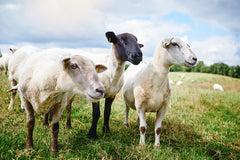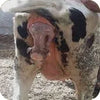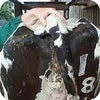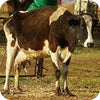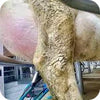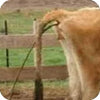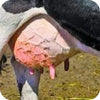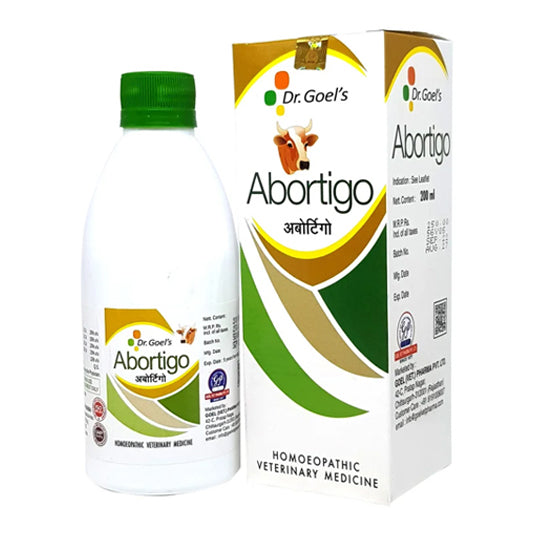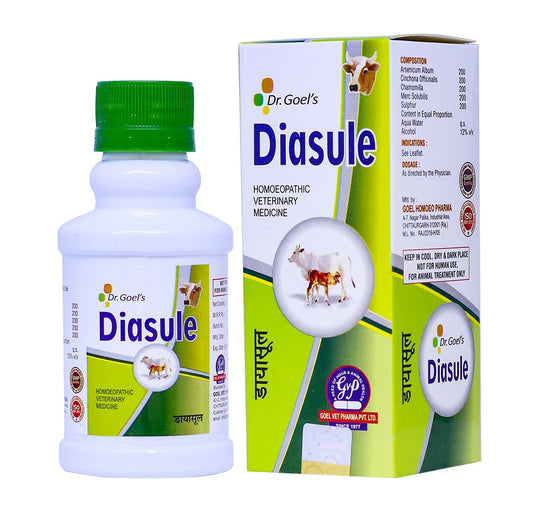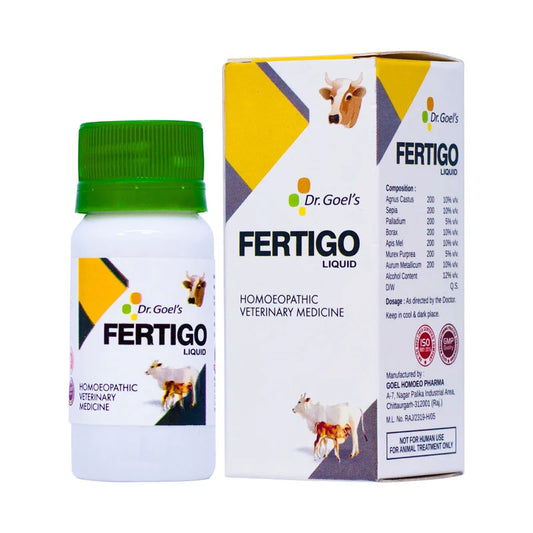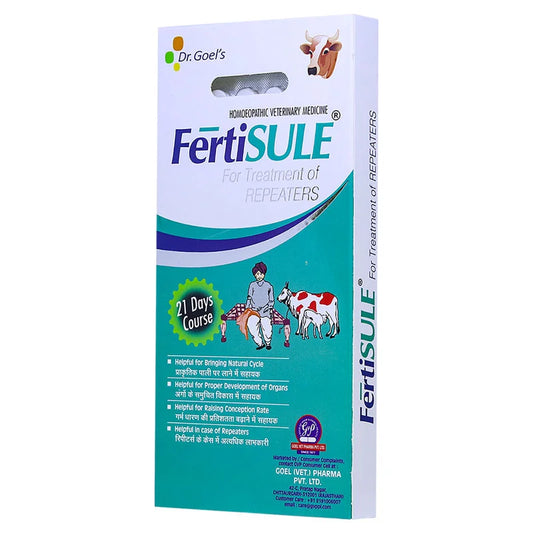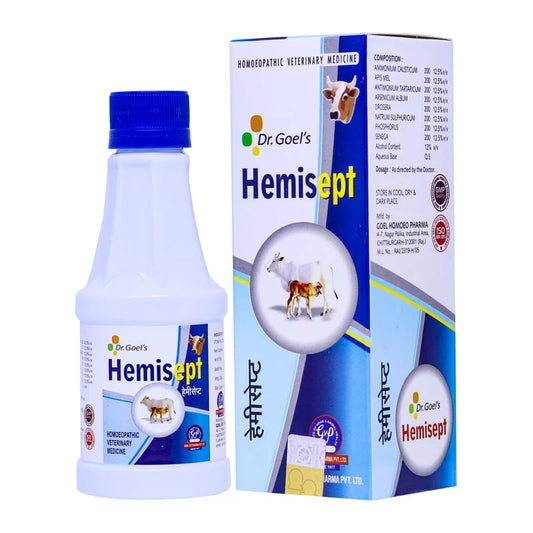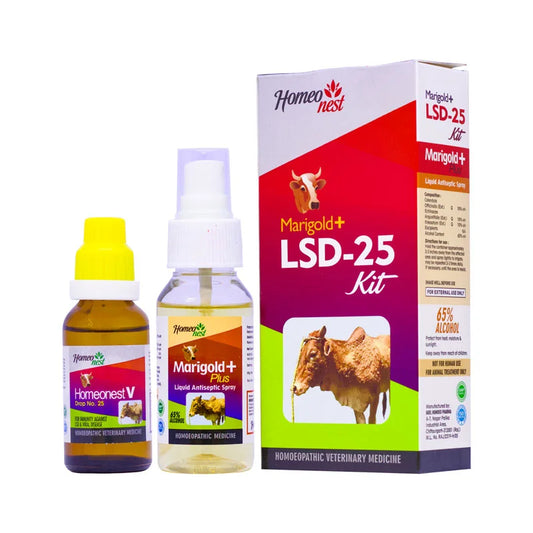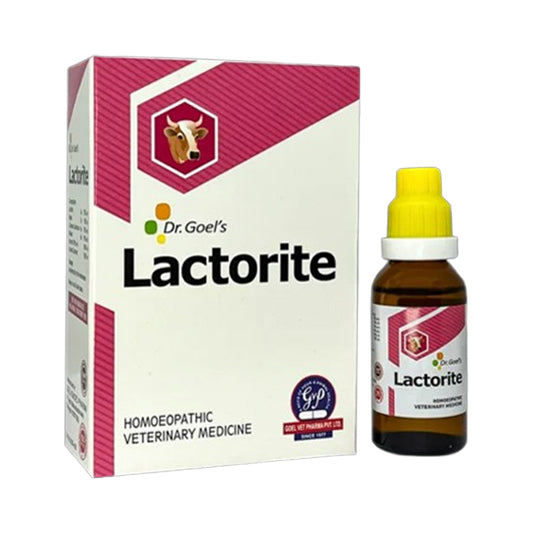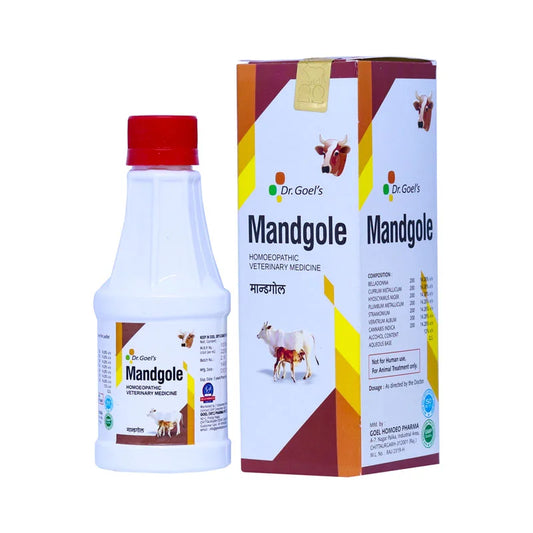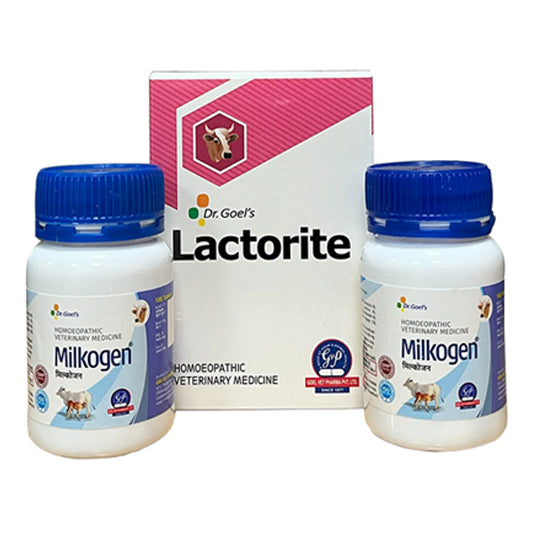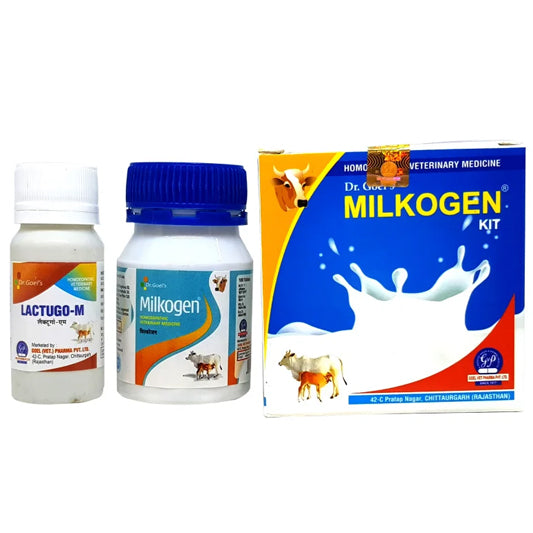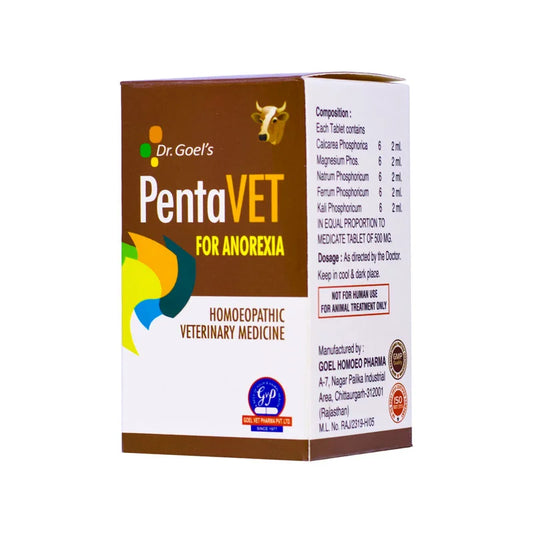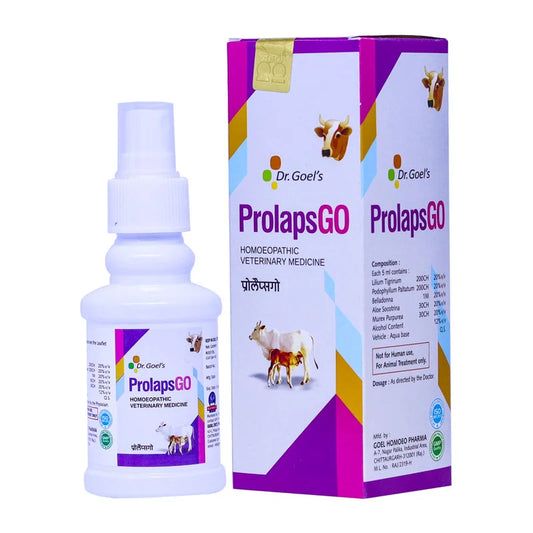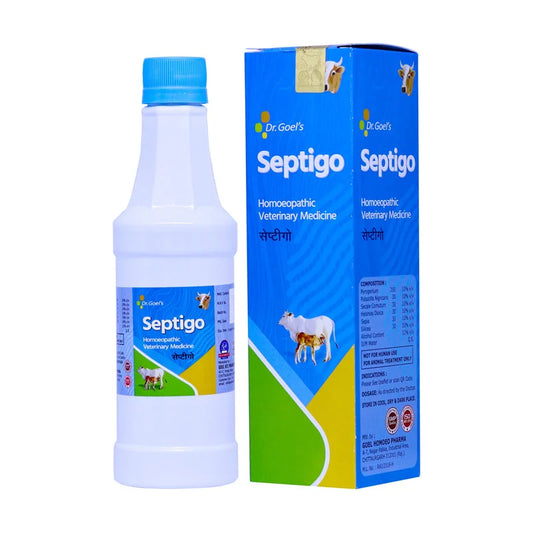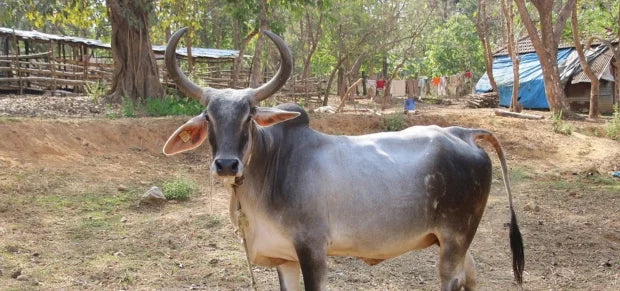
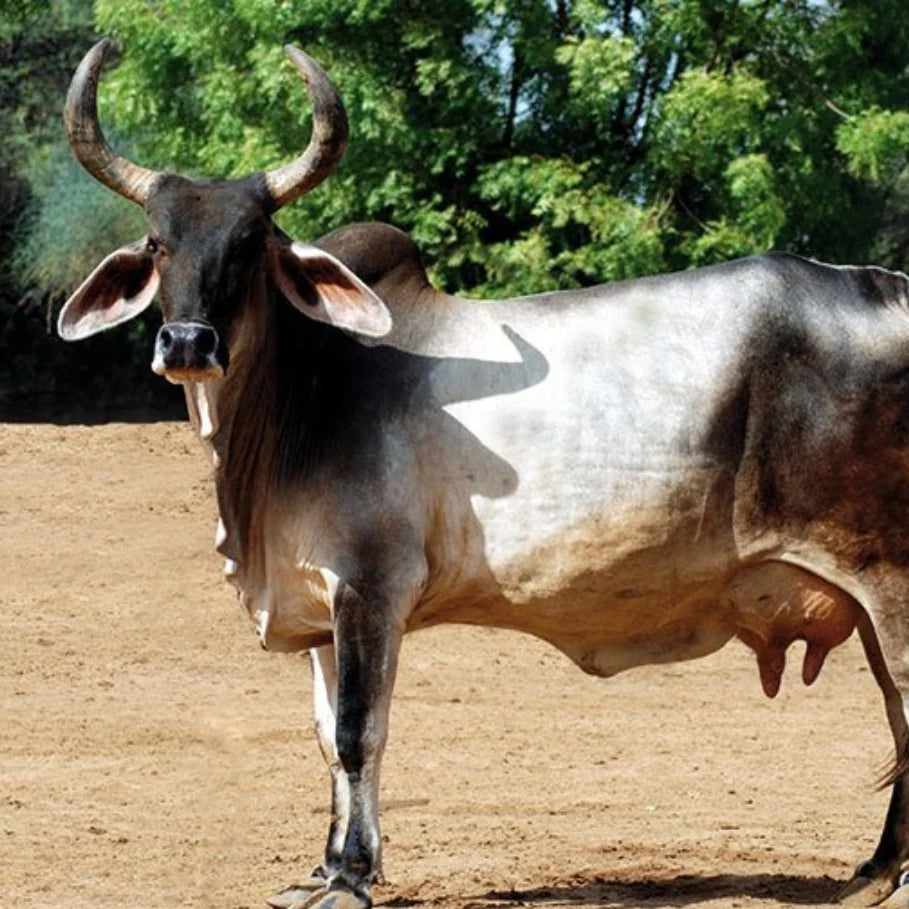
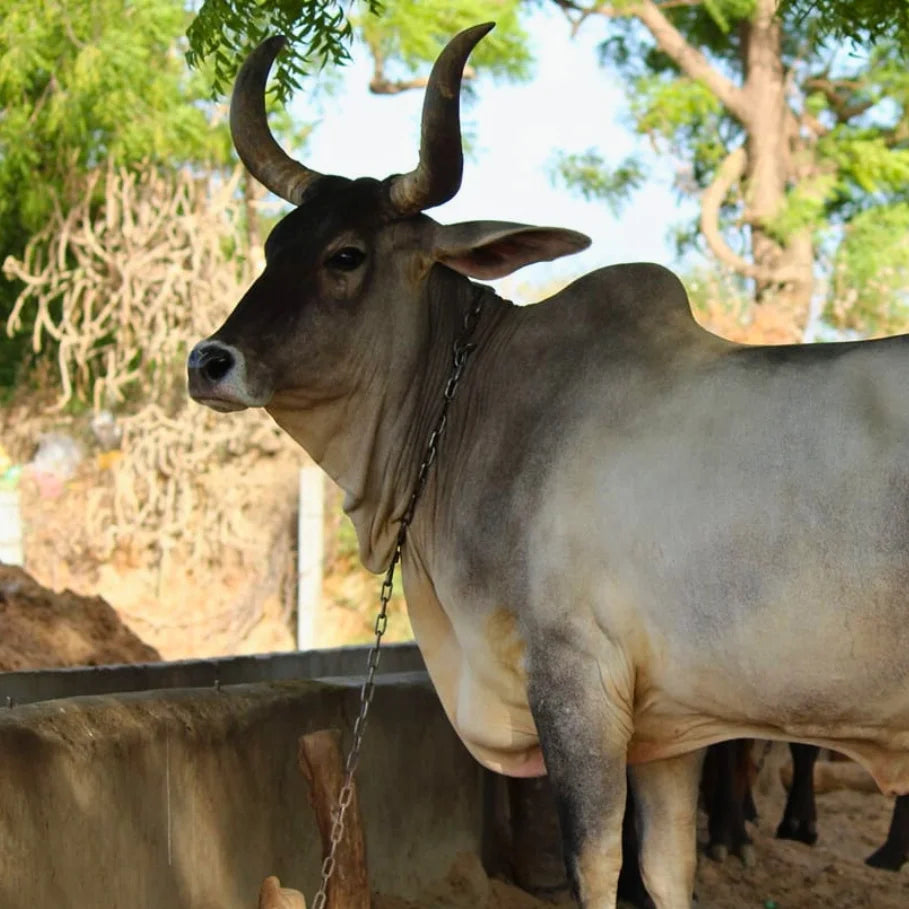
Kapila Cow
| Lifespan Specific data on the lifespan of Kapila cows is limited. However, with proper care and management, they are believed to have a lifespan comparable to other indigenous Indian cattle breeds, typically ranging from 12 to 15 years. |
Origin This breed is indigenous to the Dakshina Kannada region of Karnataka and the Kasaragod district of Kerala in India. The name "Kapila" is believed to be derived from the sage Kapila Maharshi, who, according to Hindu mythology, reared these cows. |
| Temperature Adaptability Kapila cows are well-adapted to the hot and humid climates of southern India. Their resilience allows them to thrive in tropical conditions with minimal management. |
Weight Kapila cows are generally small in stature. While exact weight measurements are scarce, their diminutive size is a notable characteristic. |
| Colors Kapila cows are characterized by their distinctive uniform coat color, which can vary from reddish-brown (tawny) to black. The term "Kapila" refers to this uniform coloration. |
-- |
About the Breed
The Kapila cow is considered sacred and holds significant spiritual importance in Hindu culture. They are often used in religious rituals and are highly valued for their medicinal properties. Despite their small size and lower milk yield, the milk of Kapila cows is believed to possess high medicinal value.
Milk Production
Kapila cows produce a modest amount of milk, which is highly valued for its medicinal properties. The exact quantity of milk production is not well-documented, but it is generally lower compared to other dairy breeds.
Common Problems
Due to their rarity and small population, Kapila cows face challenges such as:
Genetic Diversity
Limited numbers can lead to inbreeding, affecting the overall health and viability of the breed.
Conservation Status
Being a rare breed, there is a risk of decline in population without active conservation efforts.
Diseases of Cow and Buffalo
Homeopathic Cattle Medicine
-
ABORTIGO for COW and BUFFALO – 200 ml For Prevention of Abortion
Regular price INR 253.00Regular priceUnit price / per -
DIASULE for CATTLE – 100ML For All sorts of Diarrhea
Regular price INR 141.00Regular priceUnit price / per -
Fertigo For Cattle 30ml - For Increasing Conception Rate ( COMBO Of 4 )
Regular price INR 264.00Regular priceUnit price / per -
FERTISULE – 21 DAYS COURSE for Cattle For Treatment of repeaters
Regular price INR 281.00Regular priceUnit price / per -
FOOMASULE No. 2 for CATTLE For Treatment of FMD
Regular price INR 188.00Regular priceUnit price / per -
FOOMASULE No.1 – for CATTLE For prevention of FMD
Regular price INR 188.00Regular priceUnit price / per -
GOHEAL SPRAY For Wounds due to injury, FMD, Burns
Regular price INR 140.00Regular priceUnit price / per -
HEMISEPT for CATTLE – 105ML Supporting Therapy to all respiratory disease
Regular price INR 188.00Regular priceUnit price / per -
HIT-O-GEN for Natural Estrus in Cow To induce Heat Naturally
Regular price INR 140.00Regular priceUnit price / per -
Homeonest Marigold+ LSD-25 Kit For lumpy skin disease
Regular price INR 280.00Regular priceUnit price / per -
Kofvet For Cattle 30ml - For Cough Issues
Regular price INR 210.00Regular priceUnit price / per -
Lactorite For Cattle 30ml - For Increasing Lactation Rate
Regular price INR 169.00Regular priceUnit price / per -
MANDGOLE for CATTLE 105 ML For Physical irritability
Regular price INR 211.00Regular priceUnit price / per -
MARIGOLD + CREAM To reduce Inflammation, cracks, wounds
Regular price INR 113.00Regular priceUnit price / per -
MILKOGEN + LACTORITE To Increase Milk and Lactation rate in Cattle
Regular price INR 282.00Regular priceUnit price / per -
MILKOGEN for CATTLE 100 Tablets To Increase Milk In Natural Way
Regular price INR 141.00Regular priceUnit price / per -
MILKOGEN-KIT for CATTLE Natural Galactagogue
Regular price INR 183.00Regular priceUnit price / per -
PentaVet For Cattle - For Anorexia Problem ( COMBO Of 2 )
Regular price INR 282.00Regular priceUnit price / per -
PREVENTO for Cattle – 100ml For Heat Stoke, Panting
Regular price INR 206.00Regular priceUnit price / per -
PROLAPSGO for CATTLE -100ml For Pre and Post Partum prolaps
Regular price INR 234.00Regular priceUnit price / per -
PYROSULE-XP for CATTLE – 100ML To normalise Body Temperature
Regular price INR 159.00Regular priceUnit price / per -
R. BLOATASULE XP for CATTLE 100ml For Indigestion Anorexia and Liver Disorder
Regular price INR 141.00Regular priceUnit price / per -
RHEUMAVET for Joint Pain & Rheumatism
Regular price INR 210.00Regular priceUnit price / per -
SEPTIGO for CATTLE For All Type of Septic Condition
Regular price INR 255.00Regular priceUnit price / per





